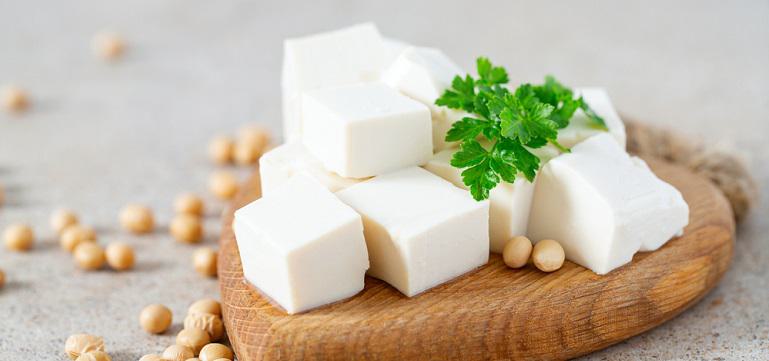


 Now, let's discuss the many types of tofu and the differences between them. From extra firm to silken tofu, you'll find that there is tofu out there that meets all of your recipe needsyou just have to know which one to choose!
Now, let's discuss the many types of tofu and the differences between them. From extra firm to silken tofu, you'll find that there is tofu out there that meets all of your recipe needsyou just have to know which one to choose!
 While there are several different kinds of tofu, nearly all of them are prepped in the same way. To help you create a tofu dish that is out-of-this-world delicious, we've outlined the most crucial steps to making tofu below. Because tofu (even after being pressed) has high water content, it's recommended that all excess liquid be removed before cooking to ensure your recipe comes out a success.
While there are several different kinds of tofu, nearly all of them are prepped in the same way. To help you create a tofu dish that is out-of-this-world delicious, we've outlined the most crucial steps to making tofu below. Because tofu (even after being pressed) has high water content, it's recommended that all excess liquid be removed before cooking to ensure your recipe comes out a success.